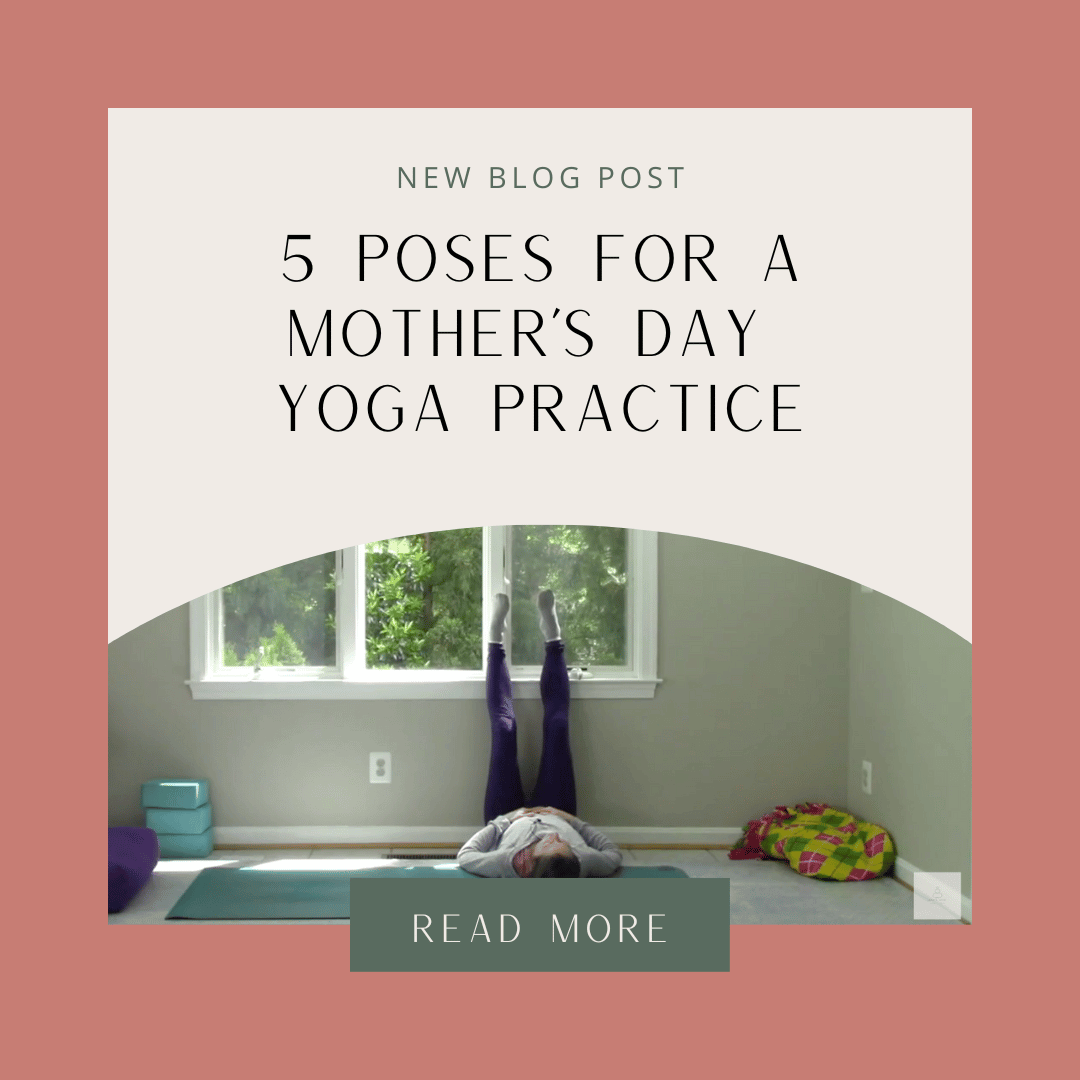Last week in the Lessons from the Yoga Sutra series, we looked at the first yoga sutra and examined whether yoga is for everybody.
In case you’re not interested in reading the nuanced arguments I presented in that post, yoga has the potential to be practiced by anyone and everyone but not everyone will be ready for it. At least, that’s my oversimplified interpretation.
This week we will look at the second sutra, perhaps the most famous of all the sutras because it defines what yoga is, at least in this particular system (now referred to as Classical Yoga).
Yoga Sutra 1.2
Yoga is the ability to direct the mind exclusively toward an object and sustain that direction without any distractions.
(Desikachar)
Yoga is the cessation of the waves or activities of the mind-stuff.
(Arya)
Yoga is the control (nirodhah, regulation, channeling, mastery, integration, coordination, stilling, quieting, setting aside) of the modifications (gross and subtle thought patterns) of the mind field.
(Jnaneshvara)
Yoga is the settling of the mind into silence.
(Shearer)
In other words, yoga is all about the mind. This is an important point. Nowhere in this definition is there any reference to moving the physical body. Moving the physical body in postures feels good and can certainly be used as a tool to get the mind to settle or focus, but the posture itself is not the practice of yoga. It’s the tool.
Yoga may have lost its way as it came to the West
We in the West have gotten a little carried away with our tools. Hammers are nice, but they don’t do much good without the nail. Without a purpose or a function tools lose meaning and relevance. Without meaning and relevance, tools will eventually be adapted to fit the needs of the person who picks it up without knowing what to do with it.
And I feel like that is where we have arrived in 2017 with asana. A group of people along the way discovered or were taught some postural tools and adapted them to fit the needs of their own cultural context.
This is not a bad thing. Maybe more of a sad thing. It’s necessary for the survival of yoga. We now have a society filled with people who love practicing postures because it provides a great workout, because it makes them feel better, because it reduces or relieves pain, because they’ve found a community of like-minded people. Whatever the reason, there’s no denying that lots of people practice yoga these days and most of them are probably performing postures. Like a really bad infomercial, I feel compelled to desperately let you know: But wait! There’s more!
In my own journey I started with postures as exercise too. As a naturally curious person I wanted to understand more about why and how this practice was helping me so much in my life outside the studio. When I peeked behind that curtain of postures, though, I found an entire world of knowledge and wisdom that wasn’t necessarily being shared in the studio classroom and had nothing to do with twists and side-bends and Crescent Lunges. I dove in and from there my yoga practice really began.
The great paradox
According to Patanjali, yoga is all about getting really focused. That focus is important so that we can get clear. When we get clear, we tap into an inner knowing that can destroy doubts and fears. We can become so much stronger. But we can only get there if we first let go.
This is the ultimate, beautiful paradox and lesson of yoga.
Strength comes from releasing.
When you can unlearn all the thoughts and emotions and stories and words and beliefs that you’ve cultivated over your life, then you can really know who you are.
You are not your thoughts and emotions and stories and words and beliefs. You are not even your body. You are so much more then that. The potential of the universe lives within each and every one of us. To access it and utilize it for the benefit of the world is a rare gift.
The many path-ed practice
So if yoga is all about the mind, how do you work with the mind? How do you control, still, quiet, focus, channel, master, integrate, coordinate the mind? We’ve already learned that asana is one tool, but I just have to ask, how’s that working out for you? Do you feel like you’ve glimpsed your true self after a sweaty 60-minute posture practice? I hope that you have! But it’s okay if you haven’t too. There are other tools that may work better for you. That’s what the next 200+ sutras talk about!
Another beautiful aspect of yoga practice as outlined by Patanjali is that this is a practice, not a perfect, and there are many paths. I shared this little piece of Vedic wisdom in my newsletter a few weeks back:
The Truth is One. The wise call it by many names.
This is why some of you have spiritual experiences in Warrior 2, while others much prefer meditation, and others still get high off chanting. In yoga, it’s a choose-your-own-adventure type of journey. This is why there can be so many instructors and students to go around for all of us!
And don’t forget, the Classical Yoga path outlined by Patanjali that we are learning about here is just one path. There are many other truths that may speak more to you. That’s cool.
Your spiritual homework
Finally, this bring up the question: what is the mind? Where is the mind? Remember the mind is not the same as the brain. Spend some time thinking about these questions and don’t worry if you can’t come up with a satisfactory answer. The exercise is not about the answers, it’s about the journey and the questioning. So here’s my homework for you. The next time you step into your posture practice, I want you to really focus on the body moving with your breath. At the end, ask yourself — did I get a glimpse of my true self? If you did, awesome! How did that feel? If you didn’t, awesome! Let’s work on on finding you a new tool 🙂
Stay tuned for more lessons from yoga philosophy as I touch on some of the more exciting and practical sutras for mind mastery in the coming weeks.
In the meantime, Download the Essential Elements to Living Your Inspired Life here.
Namaste!
Translations from The Unadorned Thread of Yoga by Salvatore Zambito and The Heart of Yoga by T.K.V. Desikachar





